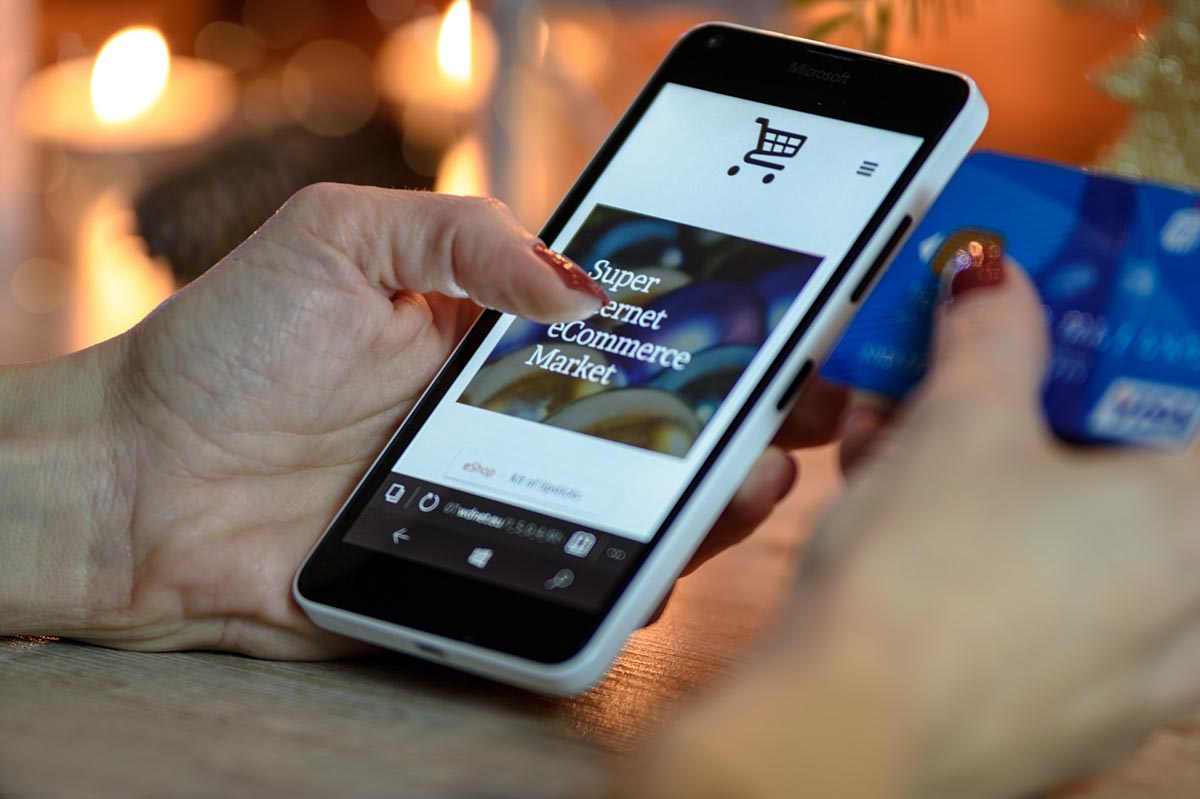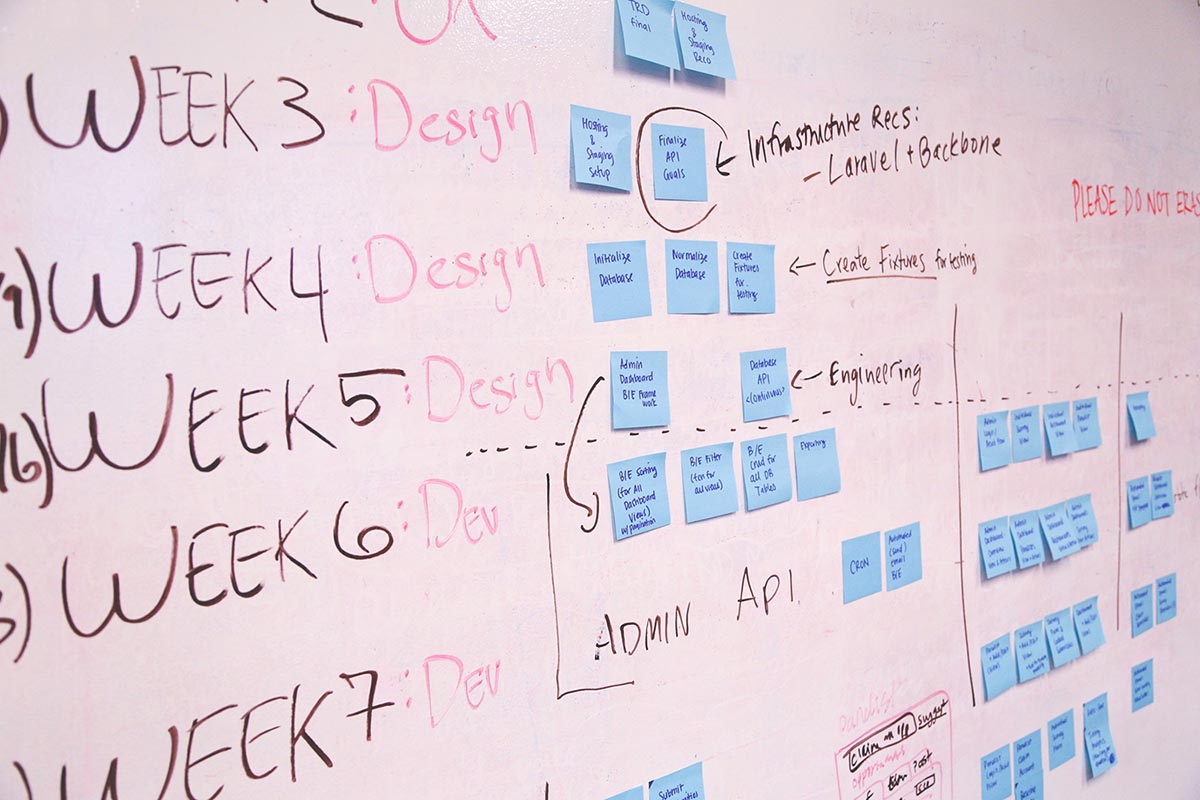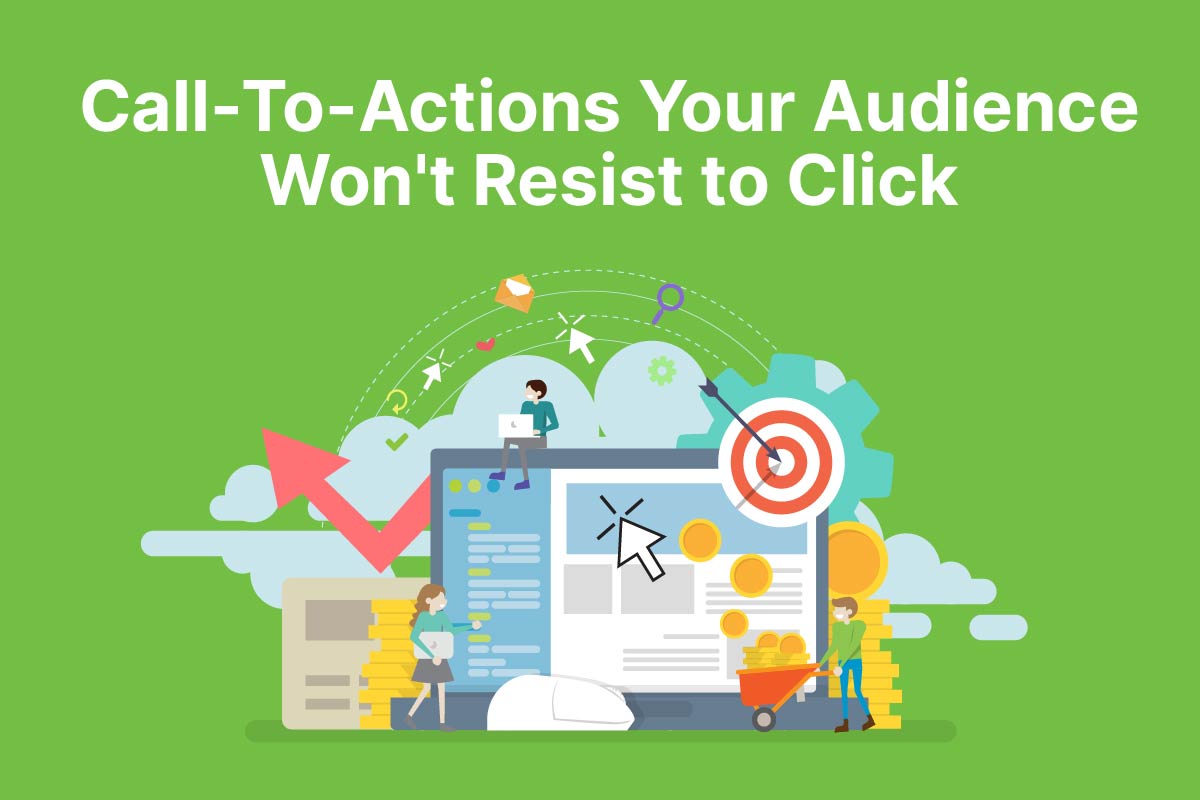Accelerate Blog / Email Marketing the Correct Way
Email Marketing the Correct Way
- Written by Keziah Cruz
- published on May 5, 2021
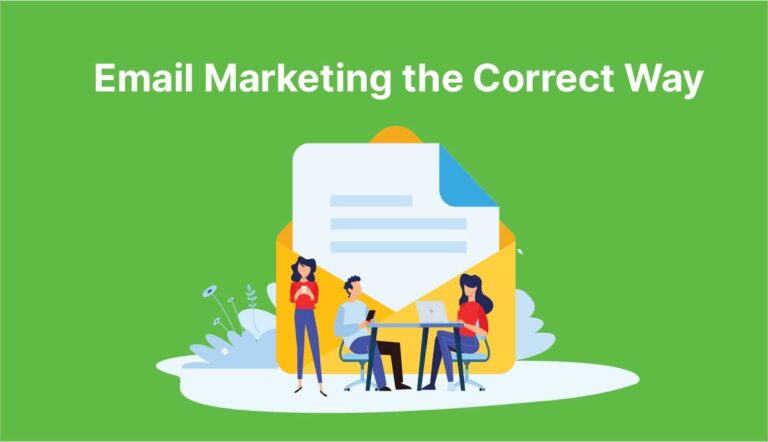
We live in a fast-paced high-tech world with short attention spans. How do you make an impression when no one’s paying attention? Despite the rise of new channels, email remains one of the most effective and efficient ways to make an impression. 99% of consumers check their inboxes daily, making you reach customers is quicker. Email marketing is considered one of the best ways to reach and engage with your customers. But with so many email options, practices, and technologies available, it’s overwhelming which you should adopt.
In this blog, we’ll walk you through the best practices of setting up your email marketing campaign—from audience segmentation, template design, sequencing, automation, and more so you can acquire more qualified leads and generate more sales.
But wait—before diving into it, let’s start to unpack the purpose of email marketing. Why do you need a smooth sailing email marketing campaign?
Importance of Email Marketing
As various digital marketing channels evolve, the question of whether email marketing is still important continues to spur. The short answer, yes. Here are a couple of reasons why.
1. Email marketing helps you build relationships with your customers.
Email is customizable, which makes it easy for you to build personal relationships with customers. Using data, you can customize campaigns based on your customer’s behavior. Gathered data allows you to connect your marketing channels that would appeal to a specific audience, resulting in higher customer engagement.
2. Email marketing is the first step in boosting brand awareness.
Brand awareness is all about consistency. Sending out regular emails will help keep your brand at the top of customers’ minds. You can quickly gain new customers since they are now more familiar with your brand. Email is an avenue for relevant industry news, fresh content, and exclusive deals. Doing this will hone customer experiences that deepen brand awareness with new leads, existing customers, and repeat customers.
3. Email helps you generate and nurture leads.
Email is about building relationships and testing opportunities. As long as you create a headline that piques your audience’s interest, the probability of getting in front of someone is high. Through lead nurturing, you can gain valuable customer data points that can bring in meaningful customer experiences—as a result, enriching your customer funnels with high qualified leads.
Email marketing allows your business to get more manageable customers by providing them with engaging experiences that win potential and past customers. Building a solid email strategy falls somewhere between the broad and the highly empathetic letter. It may seem like throwing darts at the air, trying to figure out where to start first.
Email Marketing the Correct Way
1. Audience Segmentation
With Audience Segmentation, there isn’t a standard process. It all depends on your brand. You must take time to assesses and decide which proper way would optimize your success. If you’re unfamiliar with audience segmentation, below are excellent ways to start:
a. Demographic Segmentation
Demographic segmentation is a popular go-to strategy when getting started with audience segmentation. Information such as age, location, gender, and occupation are great starting points to segment your audience.
Here are some scenarios; knowing your audience’s occupation can help you figure out the best way to optimize your email displays. Is it through mobile, desktop, or tablet? A C-level audience might prefer viewing your emails on a phone because they’re on the go. But a junior-level professional will want it via desktop, so they can save it to their inboxes. Adapting to your audience’s preference can be a great way to divvy up opens or clickthrough rates for a better experience.
This may be a simple strategy, but it has been tested and proven to benefit your marketing efforts tremendously.
b. Lifecycle Stage
Email marketing is all about nurturing. When you rely on your customer’s stage in the funnel to gain conversions, you can use each phase to create personalized and valuable content. Remember that your audience wants value which means each user is looking for something unique from your brand depending on their position in the sales funnel.
To get started on lifecycle segmentation. Let’s review some groundwork:
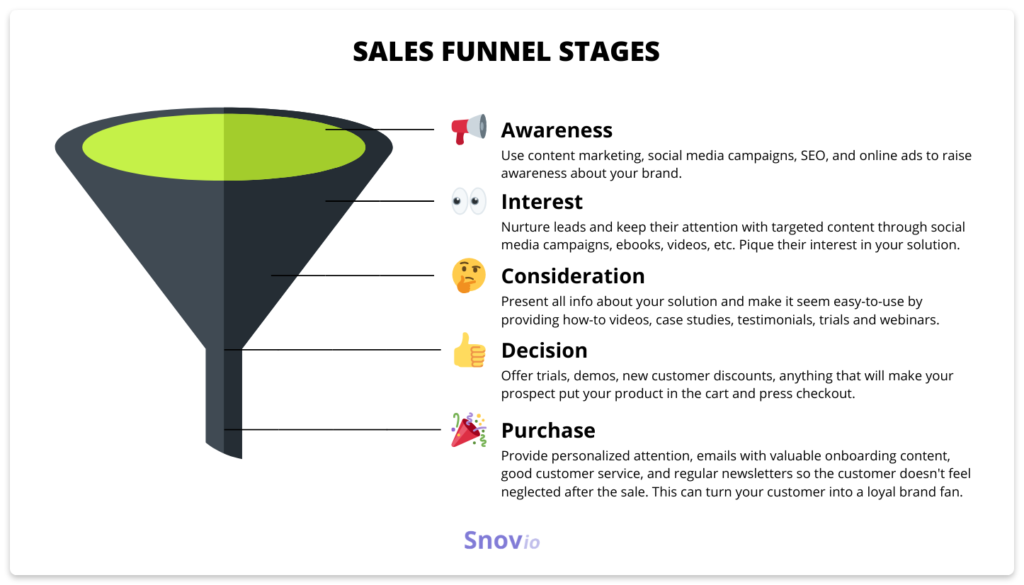
Image from Snov
- It’s critical to know that each stage is different, you should approach each stage to address audience and content concerns that will maintain their dive to the bottom funnel.
To give you more context, maybe someone in the consideration stage may want more information used case information on your product or service before descending to the next step. You can use case studies and testimonials to gain their trust. At the same time, someone who is in the decision stage is looking into deals or coupons to purchase before they progress to the action stage.
Neglecting your audience position should be the last thing in your segmentation strategy. Your audience’s position in the funnel is a great source you can use to craft a more personalized customer experience.
c. Engagement
Email is about engagement. For instance, you have a group of active audience viewing and reading your email content, and some may send you straight to the trash. Segmenting your audience based on their email engagement can help you create content that encourages them to interact with your brand repeatedly.
As you become more familiar with segmenting your audience, you can adjust your strategies to fit your business goals best.
2. Personalized Content
Once your list has an audience eager to hear from your brand, you need to take the necessary steps to ensure that they receive value on what you send out. Your content needs to be focused on your audience’s interests.
Get started by highlighting excellent content in an email. Below are some ideas:
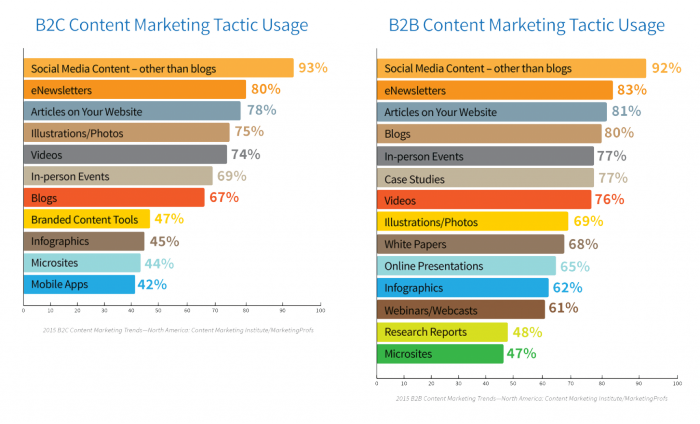
Image from Marketing Insider Group
3. Email Design
So, you already have a list in place, and you already have the content ready. What’s next? How do you get people to read your messages and convert? Our answer, spice up your email design. Email design is an essential ingredient that will help you increase opens, clickthroughs, and the overall appeal of your email marketing campaigns. Here are some email design best practices that will help you thrive.
a. Organize the email layout
Remember, nobody wants to read overwhelming and cluttered emails. Research shows that an adult’s attention span, on average, is only eight seconds. This means people aren’t closely reading your campaigns word for word. Instead, they are scanning and skimming through, and looking for something of interest.
That’s why you must organize your layout as if you want them to navigate on your website—always keeping your user’s experience in mind. It can be as simple as respecting white spaces/empty spaces, placing your written and visual content together in the middle, putting all texts left-aligned, and more. Doing this will keep everything organized, easy to consume, and smooth to navigate.
b. Use branded templates
When recipients open your message, they should know the email came from your company. Branded templates are a great way to differentiate your email from the rest. You may want to consider the following tactics:
- Tone: Always keep your language complementary to your channels, content, and other marketing materials.
- Appearance: Use the same fonts and colors that you use in other branding materials.
- Logo: Always have your logo embedded. Whether it’s at the top or bottom, having your logo is a great way to increase brand awareness while also boost conversions.
c. Optimize call-to-actions
Your call-to-action (CTA) is the most crucial part of your email copy. It gives your users clear instructions on what they should do next. Your CTA is a vital element in transforming your leads into paying customers.
Here are some recommended best practices you can follow:
- Length: Keep it short and use action verbs.
- Urgency: Use time languages—start now, sign up today, shop now, reserve your spot now, and more.
- Personalization: Use the data to adjust the wording of your CTA. It can depend on their stage in the buyer’s journey, location, and other relevant factors.
- Button Color: Make sure your CTA stands out against everything else on your email. You can use contrasting colors and text thickness as long as it will not blend into the background.
These are just a few best practices that will give you a head start on optimizing your CTAs. Our recent blog lays down CTA guidelines to help you craft call-to-actions your audience won’t resist clicking. But, remember that optimizing your CTA is part art and part science. It would help if you got your CTAs tested from the wording, positioning, and other factors— these tactics are proven to help you identify the most effective CTA particular to your audience.
d. Play around the sender address
When you send emails, your email Sender name (“From” name) is just as important as your subject line. It can be a factor that determines whether your audience will open or ignore the email. Your goal is to build trust as a branded email sender.
Using a person’s email over a generic business (e.g info@domain.com over marketing@domain.com) is highly recommended to build confidence in your emails. You may also weigh your sender name based on the types of content you share. For example, if it’s a follow-up email, a personalized sender name is highly encouraged to establish a more one-to-one kind of relationship with the recipient.
e. Boost opens and clicks with timing and schedule
When it comes to email marketing, timing is everything. You need to take into consideration that your recipients are not just in one time zones. It’s better if you have a good idea of when to schedule your emails.
When we hear “email timing and scheduling”, the first thing that pops into most heads are the questions:
- What time should I send out my email?
- Which day should I schedule my email?
And yes, some studies deal with these questions specifically, but the day of the week and the time of the said day are just top of iceberg factors you need to consider when sending an email. Depending on the segmentation of your list, you might want to take something else into account. If you’re going to perfect your email timing, you will have to tap into your data and assign timeframes to your lists. The tip here is to start getting to know your audience better by testing different times and using engagement metrics to gain valuable insights into your recipient’s behavior.
4. Create a suppression list
Often recipients getting drafted to a suppression list are from unsubscribes, spam complaints, bounced, blocked, and invalid addresses. They are recipients that have indicated they do not wish to receive email newsletters or other updates from your brand. If you continue to send emails after recipients submitted a spam complaint or sent emails to a bounced contact is becomes a threat to your reputation.
For spam complaints, it informs ISPs that you send unwanted emails and do not listen to your recipients, denying IP address or domain listing. On the other hand, bounced contacts would affect your delivery rates, signaling to ISPs that you do not make an effort to keep your contact list clean, making you an untrustworthy sender.
Email addresses on the suppression list allow you to automatically stop sending to recipients who no longer want your email. So it’s best to have a setting preference at the bottom of each email. Doing this can help save your email scores, email reputation, and spam reports. If they can’t find it, the alternative is to flag your email as spam.
5. Logical-based Emails
An email sequence is one of the most utilized tactics in email marketing. Just so we’re on the same page, let’s define what an email sequence is; and how they are used in campaigns.
An email sequence is a series of emails sent based on:
- Time: Sent at a predetermined interval (e.g. one month after purchase, one year after opting in for the service, etc.).
- Trigger: Sent whenever someone takes action. (e.g. clicking a link in an email, clicking links in the last two emails, etc.)
Utilizing an email sequence is a great first step in automating your email campaigns. Email sequences start by configuring your workflow in your CRM. Since we’re already in the talks about marketing automation, let’s dive in deeper—using marketing automation software for workflows. In order to succeed in keeping your marketing channels cohesive, using marketing automation software will help carry out the process seamlessly. In our recent blog, we laid down game-changing email workflows you can start implementing today. Once you have it in place, you can move people and deepen the relationships you have with subscribers based on their behaviors.
Final Thoughts
Email marketing is more than sending a blast email. If you implement the tips mentioned above, you’ll have responsive customers that will improve your campaign performance, generate valuable leads and bring your business to greater heights.
If you’re looking for a solution partner to get started with marketing automation, engage with our marketing automation experts. Our job is to help you craft targeted messages, track data points, test elements, create workflows, and more.
Subscribe to our newsletter.
By clicking subscribe, you acknowledge Accelerate uses your information in accordance with its Privacy Policy. You may unsubscribe at any time using the link in our emails.

